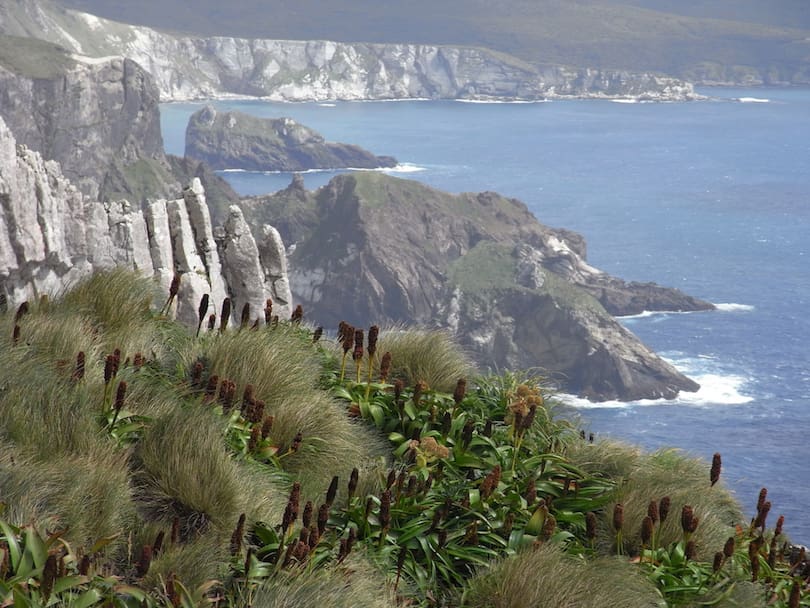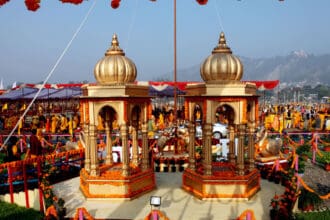The Dilwara Jain Temples located in the hill station of Mount Abu, Rajasthan, India, are considered one of the finest examples of temple architecture in India. The intricate carvings, detailed designs, and unique craftsmanship of these temples have earned them a reputation as a masterpiece of the architecture of medieval India. Let’s explore the history and architectural features of the Dilwara Jain Temples.
History of Dilwara Jain Temples
The Dilwara Jain Temples were built between the 11th and 13th centuries AD by Vastupal Tejpal, who were ministers of the Chalukya dynasty rulers. These temples are dedicated to various Jain Tirthankars, with the largest and most famous being the Vimal Vasahi Temple dedicated to the first Jain Tirthankara, Adinath.
The construction of these temples spanned over six centuries, with each generation of builders adding new elements and styles to the existing structures. These temples have been a center of Jain pilgrimage for centuries and continue to attract visitors from all over the world.
Architecture of Dilwara Jain Temples
The Dilwara Jain Temples are an excellent example of the fusion of the Nagara and Dravidian architectural styles. The temples are built entirely of white marble, which was brought from the nearby Arasoori Hills.
The intricate carvings on the walls, ceilings, and pillars of the temples are one of the most significant features of the Dilwara Jain Temples. The marble used in the construction of these temples was so soft that it could be easily carved, allowing artisans to create intricate designs with precision and accuracy.
The temples’ ceilings are adorned with beautiful lotus designs, while the walls depict scenes from Jain mythology, with each carving being more intricate than the last. The Dilwara Jain Temples’ beauty lies in their intricate carvings, which are considered some of the most stunning in India.
Temples in Dilwara Jain Temples
The Dilwara Jain Temples consist of five temples, each dedicated to a different Tirthankara.
Vimal Vasahi Temple
The Vimal Vasahi Temple is the largest and most famous of the Dilwara Jain Temples. This temple is dedicated to the first Jain Tirthankara, Adinath. The temple is a testament to the architectural genius of the medieval period, with its ornate carvings and intricate designs.
Luna Vasahi Temple
The Luna Vasahi Temple is dedicated to the 22nd Jain Tirthankara, Neminatha. The temple’s architecture is similar to that of the Vimal Vasahi Temple, with intricate carvings and designs.
Pithalhar Temple
The Pithalhar Temple is dedicated to the 23rd Jain Tirthankara, Parshvanatha. The temple’s most prominent feature is a massive statue of Parshvanatha carved from a single block of marble.
Khartar Vasahi Temple
The Khartar Vasahi Temple is dedicated to the 24th Jain Tirthankara, Mahavira. The temple’s most notable feature is the carved marble statue of Mahavira.
Mahavir Swami Temple
The Mahavir Swami Temple is dedicated to the last Jain Tirthankara, Mahavira. This temple has a unique architecture compared to other Dilwara Jain Temples.
Visiting Dilwara Jain Temples
The Dilwara Jain Temples are open to visitors every day from 12:00 PM to 5:00 PM. Visitors are required to remove their shoes before entering the temples, and photography is prohibited inside the temple complex.
The best time to visit the Dilwara Jain Temples is between October and March when the weather is pleasant, and the monsoon season is over. The temple complex is crowded during weekends and holidays, so it is advisable to plan the visit accordingly.
Guides are available at the temple complex to help visitors understand the history and significance of the Dilwara Jain Temples. The entrance fee for Indian visitors is INR 10, while foreign visitors have to pay INR 100.
Conclusion
The Dilwara Jain Temples are a marvel of architectural genius and a testimony to the skill and craftsmanship of the medieval period. The intricate carvings, detailed designs, and unique style of these temples continue to fascinate visitors from all over the world.
A visit to the Dilwara Jain Temples is a must-do for anyone interested in history, art, and architecture. The temples’ serene surroundings and peaceful ambiance provide a perfect escape from the hustle and bustle of everyday life.
FAQs
- What is the best time to visit the Dilwara Jain Temples?
- The best time to visit the Dilwara Jain Temples is between October and March.
- What is the entrance fee for Indian visitors?
- The entrance fee for Indian visitors is INR 10.
- Are guides available at the temple complex?
- Yes, guides are available at the temple complex to help visitors understand the history and significance of the Dilwara Jain Temples.
- Can visitors take photographs inside the temple complex?
- No, photography is prohibited inside the temple complex.
- How many temples are there in the Dilwara Jain Temple complex?
- The Dilwara Jain Temple complex consists of five temples, each dedicated to a different Temple.







